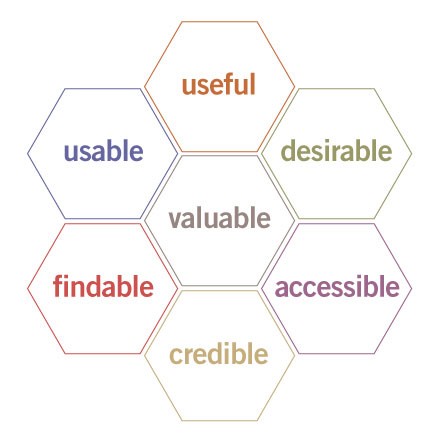There's often a lot of confusion between CX and UX: customer experience (CX) and user experience (UX). The terms are, in fact, closely related, so it is not surprising they're not so clearly delineated. Both concern a customer's experience of a brand and both impact a brand’s bottom line. Talk about confusing!
Let's explore the differences between customer experience and user experience and where they overlap.
So what is CX?
Customer experience is the end-to-end journey a customer has with your brand, and the relationship that forms as a result. It consists of every interaction a customer has with you. This includes both online and offline interactions, such as:
- In-person service
- Online customer service
- A brand’s online presence (social channels and searchability)
- Website design and function
- Applications
- Advertising
- In-store digital devices
- Content
- Emails
- Product delivery... and more!
What is UX?
In contrast, user experience deals with the interactions a person has with a specific product, such as an app, a website or a physical product, and the emotions that such interactions engender.
The core concept behind UX is that users have to find a particular product inherently valuable. For this to be the case, each process has to abide by Peter Morville’s UX Honeycomb. According to this model, the following facets contribute to a valuable experience and form the foundations of user experience:
And what do they do?
So compared to CX, UX has a more singular, operational focus that looks at the user’s interface with a product or website. It relates strongly to design principles, and is usually measured with b2b marketing metrics such as success rate, error rates and conversion rates and in relation to a specific product.
By way of contrast CX is an overall approach to brand management. It forms the heart of a brand, and is the driver of the brand-customer relationship. The customer experience is measured by the Net Promoter Score (NPS), which is the willingness of a user to recommend the brand to friends or family. (Next time you see this question “Would you recommend our brand to your friends and family,” you’ll know you participated in an NPS survey, and remember - you read it here first).
Seems pretty straightforward, so why the mix-up?
Because CX incorporates all touchpoints, a customer may become a user of various products across their user journey. This basically means that CX is made up of of a number of customer experiences, some of which are user experiences and some not, that help to form their impression of the brand.
An example: Sally goes into a shop, tries on an item, receives brilliant customer service and then decides to buy the item online. The buying process is seamless and enjoyable, and the product arrives quickly. However, upon receiving the item she notes that the item has a small fault, which is no big deal in itself - mistakes happen. When Sally then tries to report the fault online, she is met with a difficult-to-find and convoluted return process. This takes 25 minutes to complete, and leaves her fuming with frustration.
So while Sally had a fantastic customer experience in-store (CX) and during the online buying process (UX), the poorly designed UX of online returns was enough to tarnish her overall customer experience, and limit the chance she’ll recommend the brand to her friends and family.
There is no question that getting your customer experience right leads to a better bottom line. Evidence shows that seamless customer interactions make customers 73% of buyers factor CX into purchasing decisions, and 86% are willing to pay more for a better experience. Every aspect of the customer experience, from in-store service and product delivery to the UX of a website function has to work like an efficient machine.
Brand chemistry is a b2b marketing agency winning your customers' hearts and minds through inbound, brand, content, lead generation and digital strategy. Our marketing specialists achieve stellar results with the latest lead generation techniques.





